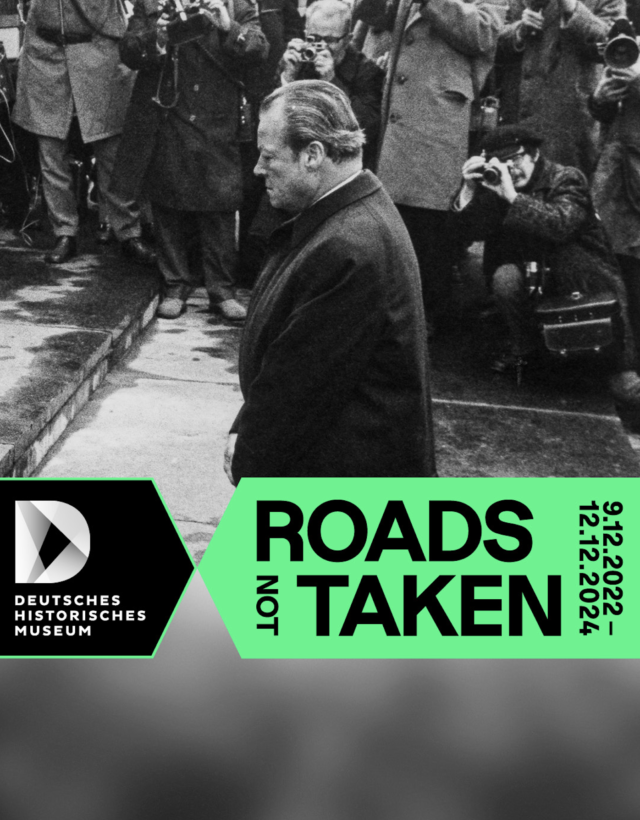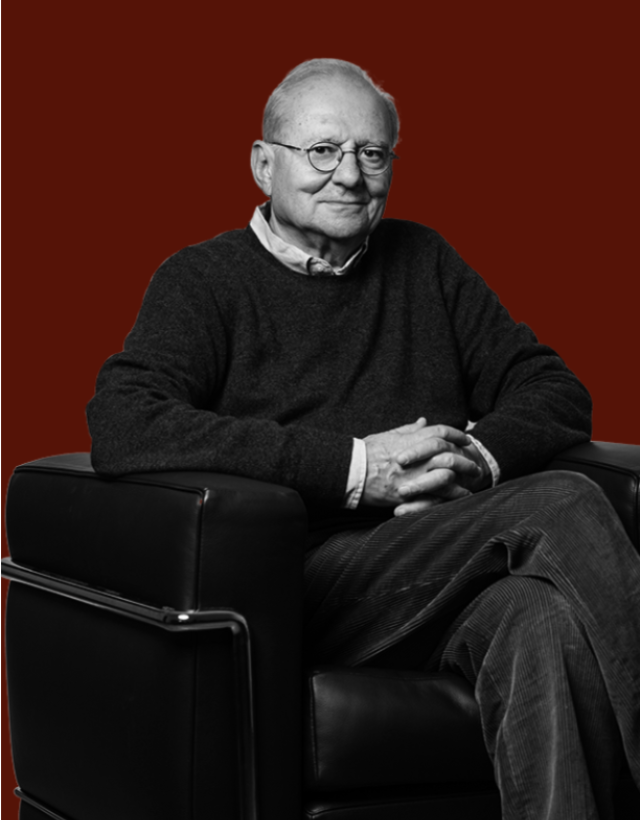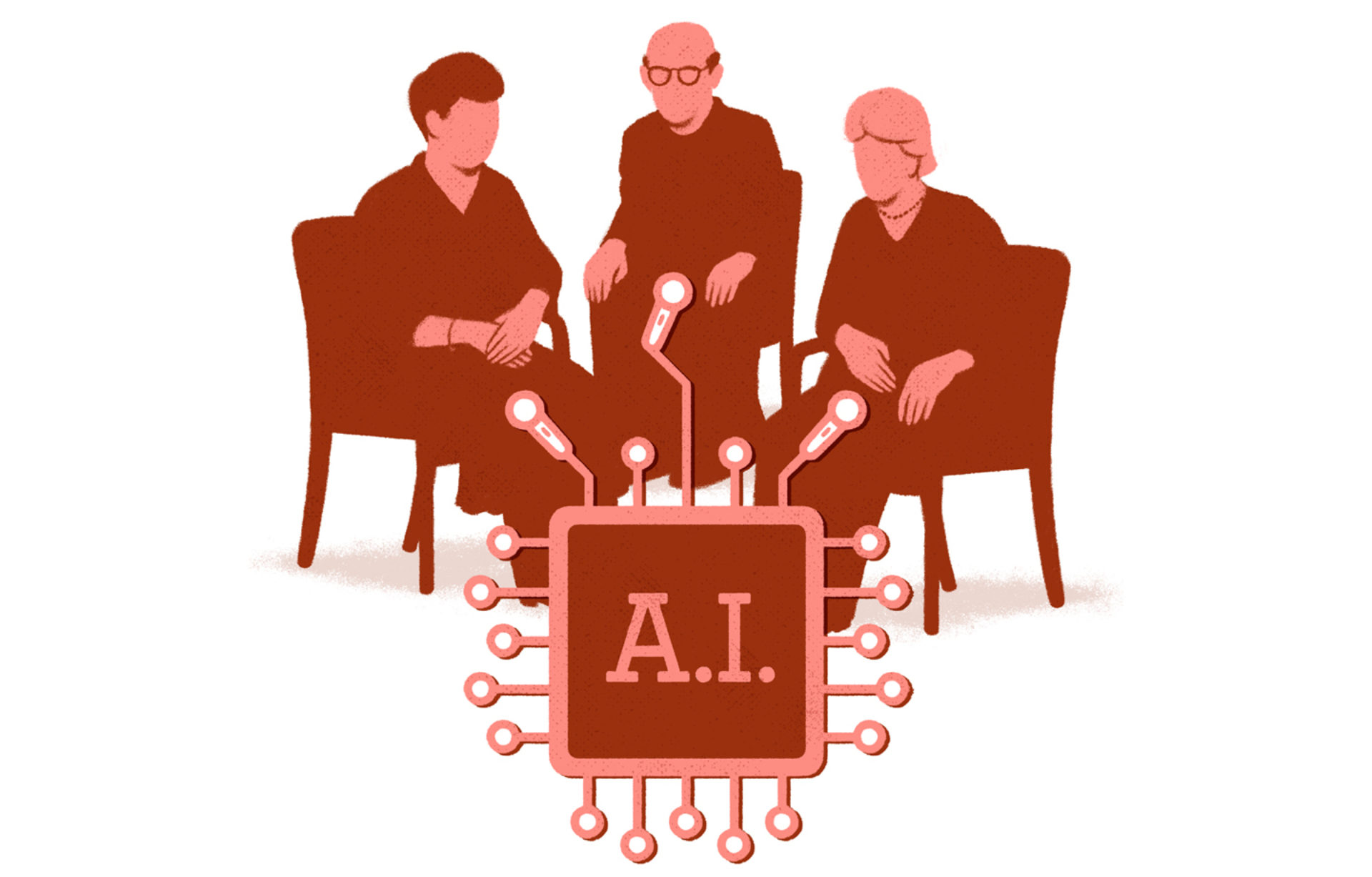Dr. Renana Keydar, Head of the Landecker Lab for the Computational Analysis of Holocaust Testimonies at the Hebrew University of Jerusalem, develops computational strategies to tackle this challenge. Her lab has created a specialized language model that tracks narrative arcs across Holocaust survivor testimonies, preserving individual voices while analyzing collective memory patterns. Dr. Keydar also leads the digital infrastructure development for Edut 710, a grassroots civil society initiative, documenting over 1,600 firsthand accounts from survivors, rescuers, and first responders following the October 7th massacre of 2023.
In conversation with us, Dr. Keydar addresses how digital humanities, artificial intelligence, and Holocaust education intersect and explains how ethical principles inform the architecture of her "distant listening" model.
As the number of living Holocaust survivors continues to decline, how can digital technologies help preserve their memories and testimonies for future generations?
Renana Keydar: The transition into a post-survivor era coincides with a broader shift from analog to digital media, posing both ethical and technological challenges. The urgent question is no longer just how to preserve Holocaust survivor testimonies, but how to meaningfully listen to tens of thousands of them as a collective body of memory. At the Landecker Lab for the Computational Analysis of Holocaust Testimonies at the Hebrew University, my work focuses on developing a model of “distant listening”— an approach that leverages advanced computational tools to engage with this vast narrative corpus without reducing it to abstract data.
Unlike traditional computational methods that tend to fragment texts into isolated units, our model seeks to preserve the narrative flow of testimony as a dialogic, human encounter. It listens to testimonies en masse while still honoring each voice as unique and irreplaceable. In this sense, technology is not just a tool — it becomes a moral infrastructure for remembrance, enabling us to hear the multitude without silencing the individual.
You’ve developed a large language model specifically designed to analyze Holocaust testimonies. Could you explain how it works and what sets it apart from more general-purpose models?
RK: Our model doesn’t merely process testimony — it listens to it. Built from the ground up using a corpus of Holocaust survivor testimonies, it’s designed around the understanding that these are not just texts, but human encounters: dialogic, nonlinear, and deeply emotional.
Instead of reducing testimonies to isolated keywords, the model tracks the narrative arc—the shifting topics, emotional tones, and structural transitions that define how memories unfold. It maps the “typical” testimonial structure while identifying deviations — outlier stories that disrupt familiar patterns. This dual capacity allows us to trace both the shared and the exceptional within Holocaust memory, amplifying the stories that might otherwise be lost in the crowd.
How do you address the ethical challenges that come with using AI to interpret deeply personal and traumatic historical testimonies?
RK: At the heart of Holocaust testimony is a moral demand — to be heard, to be remembered. That demand does not vanish when we turn to computational tools; if anything, it intensifies. We’ve built our model around an ethics of listening as recognition. This means honoring the testimony as a human story, not reducing it to data points.
We model testimony as a conversation — a dynamic event between interviewer and survivor —rather than a static block of text. Our aim is not only to protect the integrity of these narratives but to use technology to deepen our capacity to respond to them ethically, at scale.
In what ways can large language models contribute to Holocaust remembrance and education?
RK: Large Language Models can become a bridge between archival memory and future generations. They allow us to traverse massive collections of testimonies and discover stories we didn’t even know to ask for. Educators and students can explore themes such as “how do survivors speak about hunger?” or “what does memory sound like across generations?”— not through single examples, but across thousands of voices.
Our model supports deep semantic querying, enabling meaningful engagement rather than superficial search. It moves remembrance beyond commemoration into active, dynamic inquiry, always grounded in the voices of those who lived through the atrocity.
Your lab also applies computational tools to legal texts, revealing new insights into justice. How do the humanities contribute to the development of Large Language Models, and why is interdisciplinary collaboration essential in this work?
RK: The humanities shape how we frame questions. Law, literature, and ethics help us treat language not just as data, but as a medium of power, trauma, and recognition. My background in law and narrative theory informs how we structure our models and interpret their outputs. It also ensures we stay attuned to the stakes of our work — not just technical accuracy, but justice, empathy, and voice.
Interdisciplinary collaboration — between computer science, history, ethics, and human rights—prevents the tools we build from becoming detached from the realities they’re meant to serve. Only through this synthesis can Large Language Models become instruments not just of efficiency, but of care.
Looking ahead, what are your future plans for the lab and the direction of your research?
RK: My future work moves in two parallel directions. First, I’m expanding our Holocaust testimony project to develop a comprehensive, AI-supported typology of trauma narratives. This builds on our distant listening model, which enables large-scale yet ethically sensitive engagement with survivor testimonies. The goal is to identify shared structures, narrative outliers, and silences — preserving the singularity of each account while making visible the collective memory they compose. It’s a way of ensuring that historical listening keeps pace with archival scale and moral responsibility.
Second, I serve on the leading team of Edut 710, a grassroots civil society initiative created in the immediate aftermath of the October 7, 2023 Hamas attacks to document survivor testimony in real time. Together with filmmakers, therapists, historians, and digital humanists, we have recorded over 1,600 firsthand accounts — from Nova festival survivors to Bedouin rescuers and first responders.
In collaboration with my team at the Landecker Lab at the Hebrew University, I lead the design and development of Edut 710’s digital infrastructure: a trauma-informed, multilingual, AI-powered platform for exploring these testimonies. Unlike traditional archives, Edut 710 is semantic and emotional in design — users will be able to search testimonies by emotion, experience, or narrative meaning, not just metadata. An interactive memory map will trace how stories connect across space, time, and community. Ethical principles—survivor consent, agency, and long-term preservation — are built into every layer.
This is the first archive of its kind being built during an unfolding national trauma. It stands as a living blueprint for testimonial justice — one that bridges immediate documentation and long-term memory, and offers a model for future crises. Across both projects, my commitment is to use digital tools not just for access or analysis, but for deep, responsible listening — at scale, and with care.



